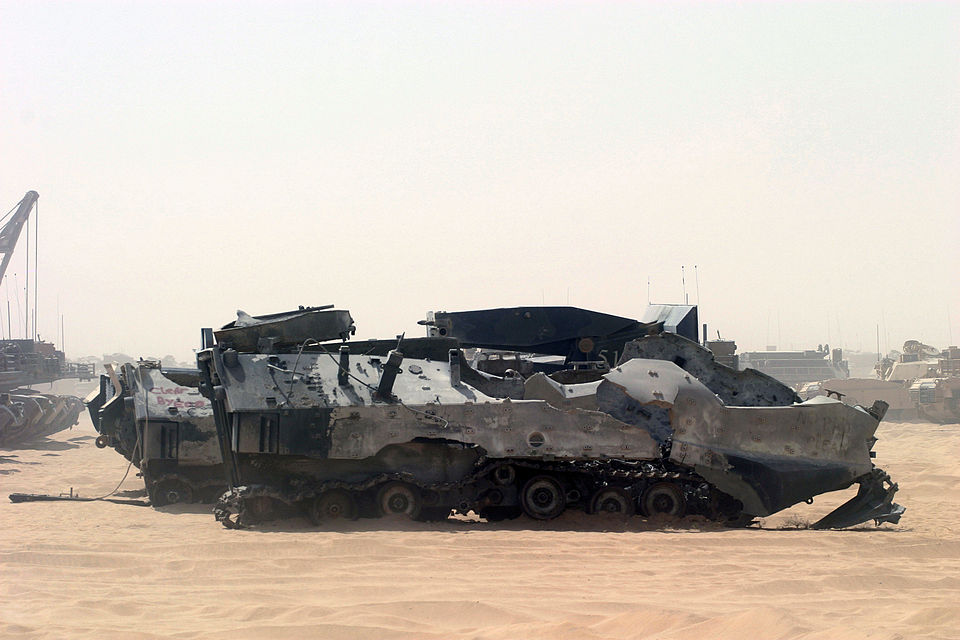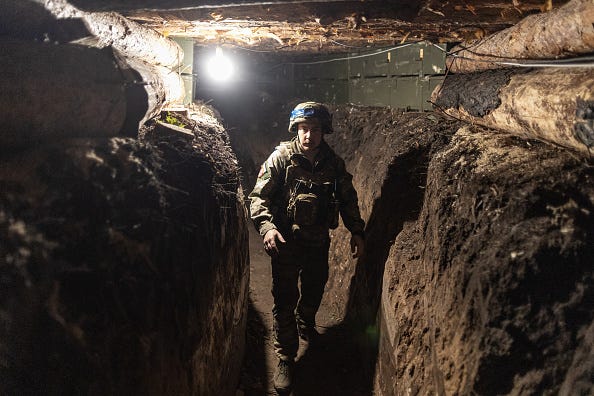
Where every meter of ground costs hundreds of lives, can an army win? In eastern Ukraine’s Donbas, that stopped being a theoretical question long ago; today, it’s a reality for Russian forces. Fighting around Pokrovsk and Zaporizhzhia has turned into a grinding slaughterhouse where advances are measured by ruined villages and the price paid in staggering casualty counts. These defenders of Ukraine, outnumbered, have inflicted losses whose echoes can be heard deep inside Moscow’s military planning.
Precision drone strikes and block-by-block city fighting are part of Kyiv’s strategy to bleed the Russian advance dry before winter. Moreover, the battle is a race against exhaustion, with both sides contending with manpower shortages, logistical choke points, and the relentless pressures of attrition warfare. What follows is a list of ten critical developments in this current phase of the war, each a window into the operational, technological, and human dimensions of a conflict for which there is no end in sight.

1. Pokrovsk: The Siege That Won’t End
The city of Pokrovsk has survived 21 months of continuous attack; what used to be a city of 60,000 today is a broken logistical hub. The Russians try to circle the city from all sides, but parts of the 2nd and 51st Combined Arms Armies deployed here face strong Ukrainian counterattacks. Thrown into combat are the special operations units of General Kyrylo Budanov in view of checking the advance, but according to the report of the Ukrainian General Staff, within one week of combat, 755 Russian troops were eliminated. If this city falls, it would be both a symbolic and operational setback: theoretically, the road toward Kostyantynivka and Kramatorsk opens up, but analysts say Moscow simply lacks reserves for its exploitation.

2. Gains in southern Zaporizhzhia come at a heavy cost
The Russians have claimed the villages of Rivnopillia and Mala Tokmachka in the south, which are bringing them closer to Hulyaipole. According to DeepState analysts, one recent push gained more than 15 square miles in just one day, the largest daily advance in 2025. Ukraine’s Southern Defense Forces report destroying over 50 enemy vehicles and hundreds of troops in counterstrikes. Notably, the gains are tactically important but come amidst severe Russian losses and have yet to yield any breakthroughs in the less active Zaporizhzhia sector.

3. Drone Saturation as a Weapon of Attrition
Today, Shahed drones are assembled within the country from Chinese components. Their mass use has tipped the air war toward cost imposition-a $20,000 to $50,000 drone for each shoot-down is cheap against the missiles firing to intercept them. Waves of the attackers have fallen to Ukraine’s layered defenses-everything from acoustic sensors to mobile teams downing 442 in one night. Still, the pressure is relentless: draining interceptor stocks, forcing Kyiv to innovate with electronic warfare and low-cost countermeasures.

4. Fog and Infiltration Tactics
Bad weather now acts as an ally for Russian units trying to bypass the “wall of drones,” as small groups cross to accumulate forces in the contested areas. In Pokrovsk, this means supplies are either moved on foot or attempted vehicle insertions under fog cover. Ukrainian interdiction-mining of roads and targeting convoys has slowed efforts and created a 15-20 km kill zone where drones and artillery make movement perilous.

5. Manpower Crisis on Both Sides
Ukraine is suffering from sharp shortages, and some brigades are on the verge of collapse after months of fighting. However, the most recent Russian recruitment drive, in return for hefty bonuses, has netted about 29,000 recruits a month, while average monthly losses have stood at about 35,400, data obtained by the Ukrainian General Staff indicates. The gap is forcing Moscow into considering involuntary deployment of active reservists. The most extreme attrition has taken place in the Pokrovsk sector, with some of the highest recent losses taken there by Russian forces.

6. Fortress Belt Under Pressure
The “Fortress Belt” of the Donbas has been the main defensive line for Ukraine since 2014 and finds itself increasingly under attack from several directions. Meanwhile, the Russian gains around Siversk and Slovyansk-Lyman set conditions for the push on that fortified zone. Success here would compromise industrial and logistics hubs critical to Ukraine’s eastern defense. It is estimated, however, that at this rate of operations, taking the belt may take years.

7. Ukrainian Long-Range Strikes
Kyiv is expanding the battlefield deep into Russian territory: ATACMS missile strikes against airfields like Baltimor in Voronezh and oil refineries reportedly have knocked out close to 40% of Russia’s refining capacity. These activities are aimed at undermining the logistics and energy infrastructure of Russia, which would make the war effort way more complicated and resource-intensive.

8. Civilian Toll and Infrastructure Damage
These effects of accumulated Russian combined missile and drone strikes have claimed dozens of civilians in recent days, striking residential areas, energy infrastructure, and transport hubs. In Ternopil City, at least 26 people were killed and 93 injured in an attack by Kh-101 cruise missiles; emergency crews are continuing to search for missing persons. Damage to the energy grid prompted emergency outages across several oblasts, further reducing Ukrainian generation capacity to roughly one-third of the pre-war levels.

9. Volunteer and prisoner recruitment in Russia
Moscow’s manpower pool now includes 18-year-old recruits coming straight from criminal cases. Under the new laws, according to Memorial, about 100,000 stateless citizens are eligible. Casualties data suggests that since late 2024, volunteers have become the most significant category of Russian KIA, superseding the earlier dominance of mobilized troops and Wagner-recruited prisoners.

10. Industrializing Drone Warfare
Production surged from 20,000 drones per month in 2024 to 200,000 in 2025, with the capacity for 4 million annually. This startup-driven ecosystem modifies designs rapidly for frontline requirements and uses drones as expendable munitions. Russia attempts a counter-industrial-scale production, taking calculated risks on quality for the sake of quantity. The race depends on whether, and how well, innovation cycles can be sustained faster than erosion by countermeasures.
The Donbas front is a crucible of manpower, technology, and strategy in conflict under unrelenting pressure. This has been where incremental gains in Russia come at a scale of loss that strains recruitment and logistics, and where defense in Ukraine adopts attritional tactics, deep strikes, and rapid innovation. It is a question not only of who holds the ground but also of who can endure the grind come winter-because in this phase of the war, survival itself is the victory condition.


